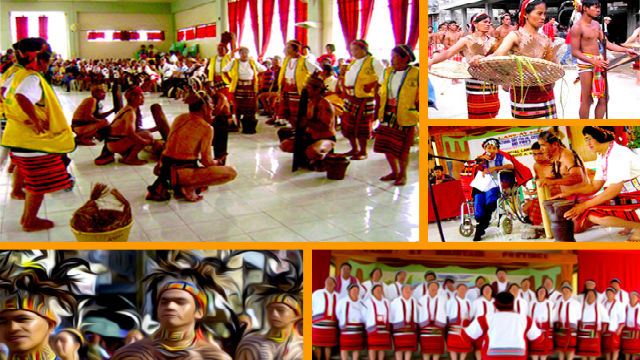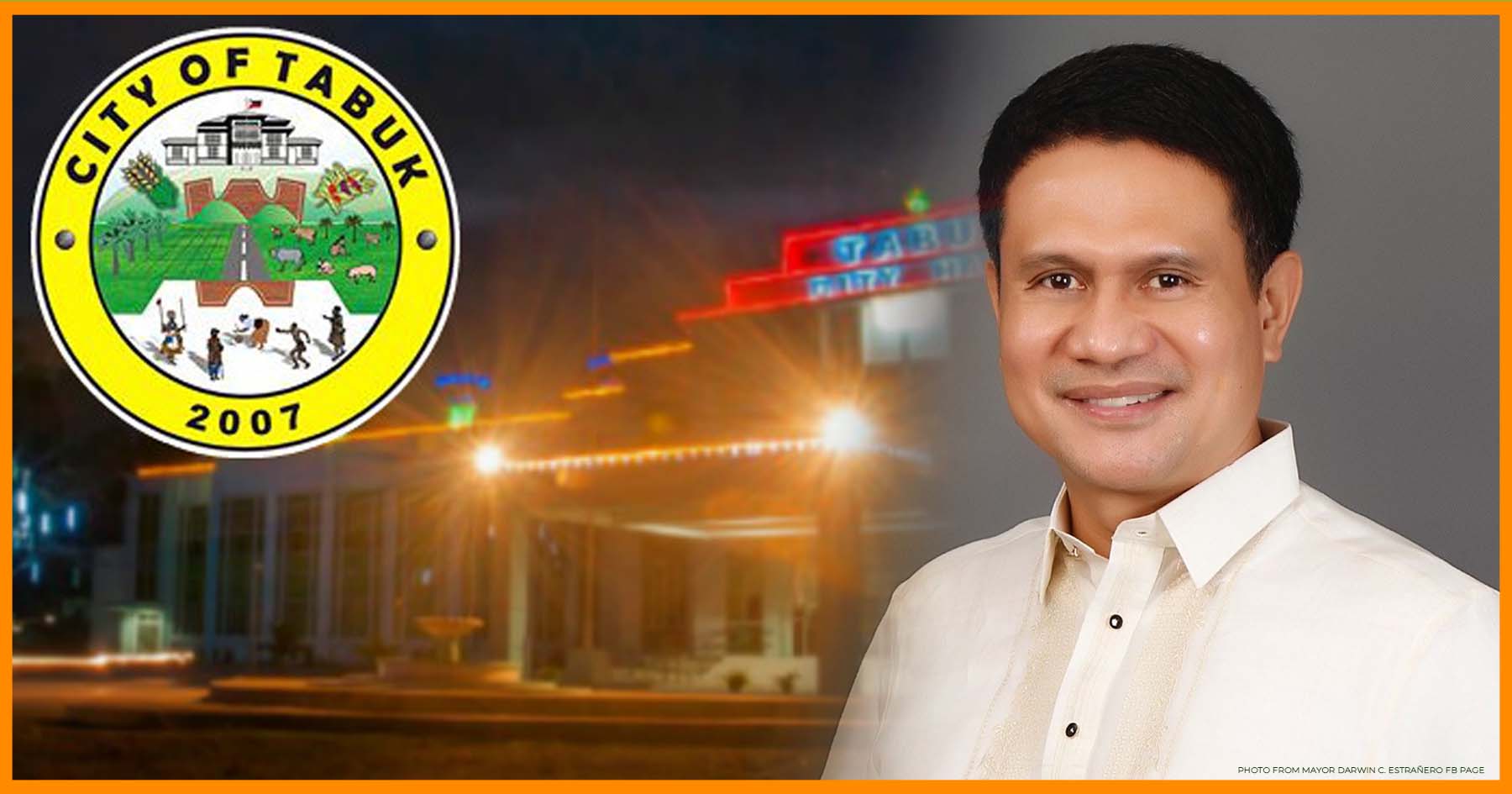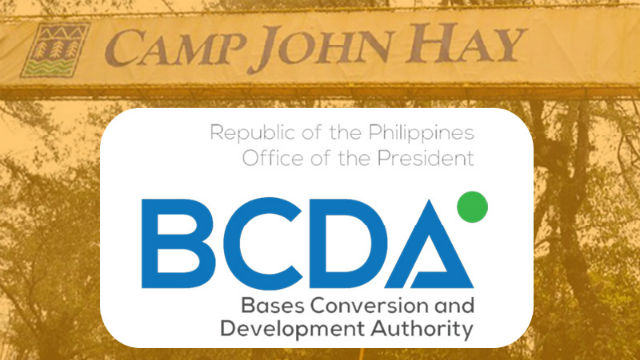LA TRINIDAD, Benguet – Employees from the Provincial Government of Mountain Province never fail to entertain their audience every time they perform the cultural dances of the people of Mountain Province.
In his memorandum, Governor Bonifacio C. Lacwasan, Jr. directed the Capitol Employees Cultural Group to represent the provincial government and at the same time showcase the dances of the province during the Cultural Summit tagged “Celebrating Cultural Heritage” last week at the Governor Ben Palispis, Provincial Capitol here. This, to culminate the month -long 30th Cordillera Month Celebration with the theme “CAR @ 30: A Celebration of Cordillera Unity”.
In response, Provincial Human Resource Management Officer and Provincial Tourism Officer -Designate Leonila Milagrose F. Malla-ao gathered provincial government employees who are passionate in dancing the cultural dances of Mountain Province and solicited their commitment during rehearsals. The group included five females and 15 males from the different departments.
The group did not fail the expectation of the governor. As they danced their way to Benguet Province, they were given the spotlight as they wowed the audience and received a resounding applause for their 10-minutes performance.
Women in their wrapped tapis and with heirloom beads worn on their heads, arms and hands stretched with confidence and elegance as they instinctively followed each other’s foot step with every beat of the gangsa and the solibao danced gracefully. In the same fashion, bare- chested men who wore only a G-string (wanes) proudly beat their gongs as they moved to the rhythm taught to them by their ancestors. In their performance, they danced the takik and tuppaya of the western, the courtship dance (bogbogie) and the Bontoc Festival Dance.
Truly, it is common to see a group of dancers perform various dances in gatherings. What is not very common though is to see a group of government employees who despite the eight –hour work in their offices, still spend quality time with their families and still find time to dance. To them, practicing, dancing and performing in parties, gatherings, festivals and even invitations is not an additional burden in their busy schedules as a public servant, a mother, a wife, a grandmother, a father, a husband and a grandfather.
It is because this group does not perform to make money for themselves. They advocate that entertainment can be rendered without the usual fees or without expecting a reward in return. They do dance because they simply love to dance.
By Alpine L. Killa












